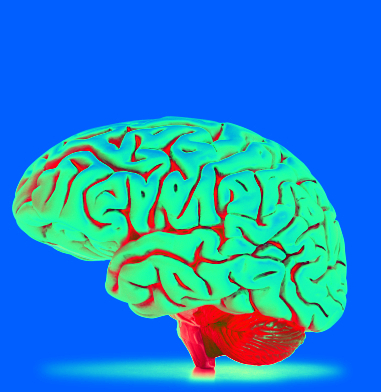Mind/body interplay in kids' brain-boost
 A new study shows physically fit kids have beefier brains than their less fit peers.
A new study shows physically fit kids have beefier brains than their less fit peers.
Researchers say that kids who are more aerobically fit have more fibrous and compact white-matter tracts in the brain than their peers who are less fit.
“White matter” refers to bundles of axons that carry nerve signals from one brain region to another, a basic mechanism for the brain to process thoughts.
More compact white matter is associated with faster and more efficient nerve activity.
The study used diffusion MRI to look at five white-matter tracts in the brains of participants aged 9 and 10-years-old.
Researchers controlled for several variables – such as social and economic status, the timing of puberty, IQ, or a diagnosis of ADHD or other learning disabilities – which might have contributed to potential fitness differences in the brain.
The analysis revealed significant fitness-related differences in the integrity of several white-matter tracts in the brain: the corpus callosum, which connects the brain's left and right hemispheres; the superior longitudinal fasciculus, a pair of structures that connect the frontal and parietal lobes; and the superior corona radiata, which connect the cerebral cortex to the brain stem.
“All of these tracts have been found to play a role in attention and memory,” University of Illinois researcher Laura Chaddock-Heyman said.
“It appears that fitness may have beneficial effects on white matter throughout the lifespan.”
“This study... suggests that white-matter structure may be one additional mechanism by which higher-fit children outperform their lower-fit peers on cognitive tasks and in the classroom,” fellow researcher professor Charles Hillman said.
The paper has been published in the journal Frontiers in Human Neuroscience.







 Print
Print